Years of service 1912 - 1917 † Role Armed force officer Rank Brigadier General Education Epsom College | Unit Durham Light Infantry Service/branch British Army Name Roland Bradford Awards Victoria Cross | |
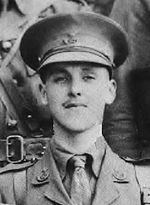 | ||
Born 23 February 1892
Witton Park, County Durham, England ( 1892-02-23 ) Place of burial Hermies British Cemetery Commands held 186th (2/2nd West Riding) Brigade Battles/wars World War I
Battle of the Somme
Battle of Cambrai Died November 30, 1917, Canal du Nord, France Battles and wars World War I, Battle of the Somme, Battle of Cambrai Similar People Richard Annand, Michael Heaviside, Frederick Youens, Adam Wakenshaw, Douglas Haig - 1st Earl Haig | ||
Brigadier General Roland Boys Bradford VC MC (23 February 1892 – 30 November 1917) was an English recipient of the Victoria Cross, the highest and most prestigious award for gallantry in the face of the enemy that can be awarded to British and Commonwealth forces. His brother was also awarded the VC, making them the only brothers to be awarded the VC during World War I.
Contents
- Early life
- Military service
- VC Citation
- Promotion and death
- Location of his medals
- Memorial garden and statue
- References
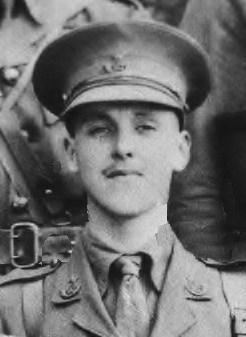
Early life
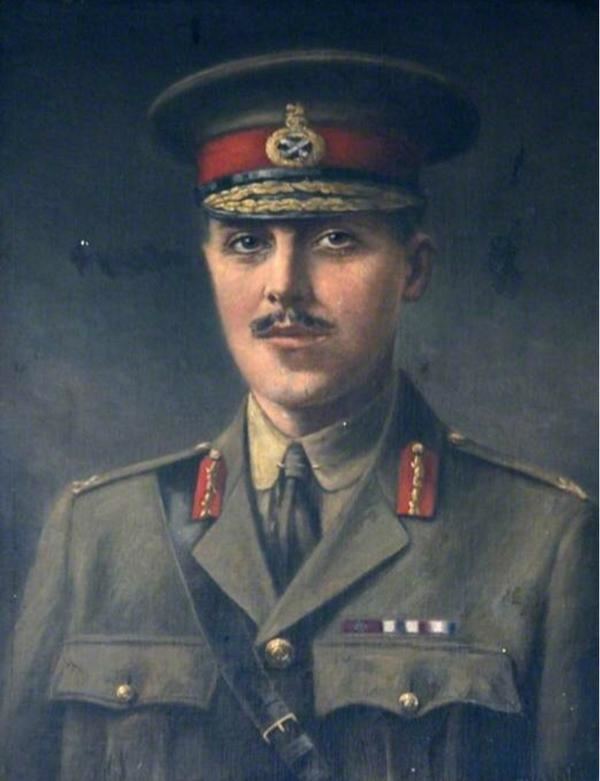
Bradford was born on 23 February 1892 at Witton Park to George Bradford. and educated at Epsom College in Surrey. He had three brothers, James Barker, Thomas Andrews and George Nicholson.
Military service
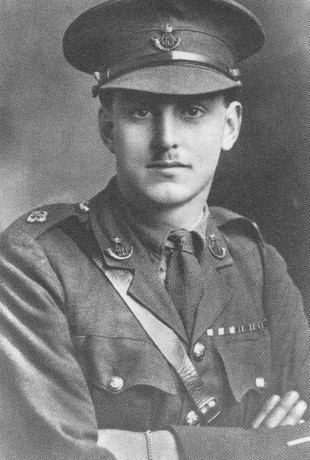
He was 24 years old, and a temporary lieutenant colonel commanding the 9th Battalion, Durham Light Infantry, British Army during the First World War. He was awarded the VC for his actions on 1 October 1916 at Eaucourt L'Abbaye, France
VC Citation
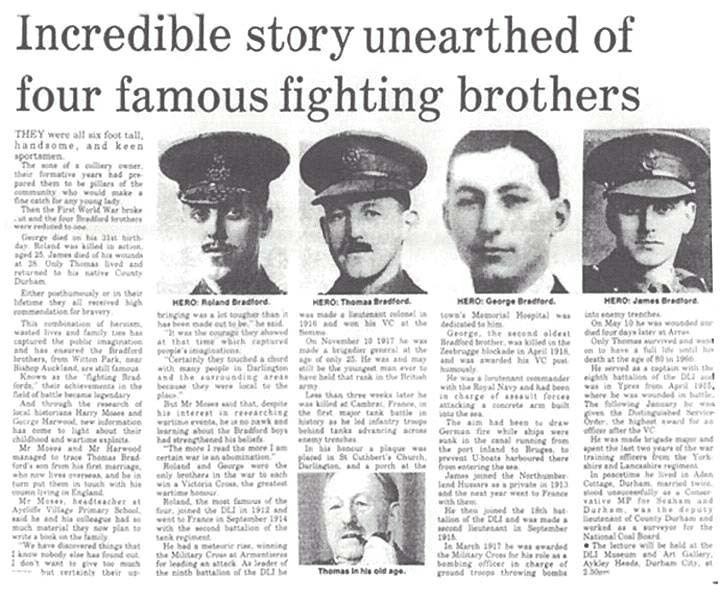
For most conspicuous bravery and good leadership in attack, whereby he saved the situation on the right flank of his Brigade and of the Division. Lieutenant-Colonel Bradford's Battalion was in support. A leading Battalion having suffered very severe casualties, and the Commander wounded, its flank became dangerously exposed at close quarters to the enemy. Raked by machine-gun fire, the situation of the Battalion was critical. At the request of the wounded Commander, Lieutenant-Colonel Bradford asked permission to command the exposed Battalion in addition to his own. Permission granted, he at once proceeded to the foremost lines. By his fearless energy under fire of all description, and his skilful leadership of the two Battalions, regardless of all danger, he succeeded in rallying the attack, captured and defended the objective, and so secured the flank.
Promotion and death
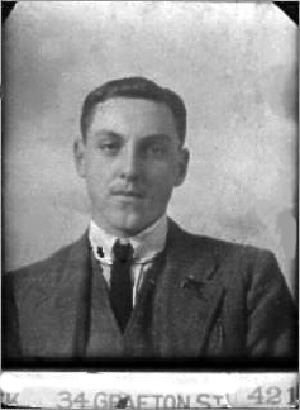
On 13 November 1917, at the age of 25, he was promoted to the rank of Brigadier General; he was the youngest general officer in the British Army of modern times (and the youngest promoted professionally, earlier young generals were simply due to position). Ten days later, he was killed in action, at Cambrai, France, on 30 November 1917.
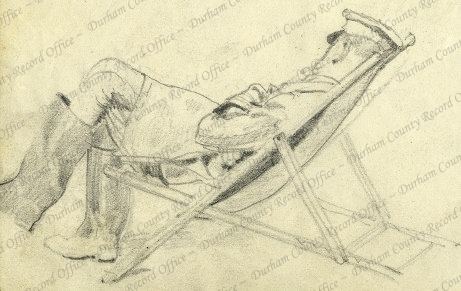
Two of his brothers, Lieutenant Commander George Nicholson Bradford VC, Royal Navy, and Second Lieutenant James Barker Bradford MC Durham Light Infantry, both died in service. George and Roland were the only brothers to win the VC in World War I. His third brother, Colonel Sir Thomas Bradford DSO Durham Light Infantry, became honorary treasurer of Durham University and High Sheriff of County Durham in 1941.
Location of his medals
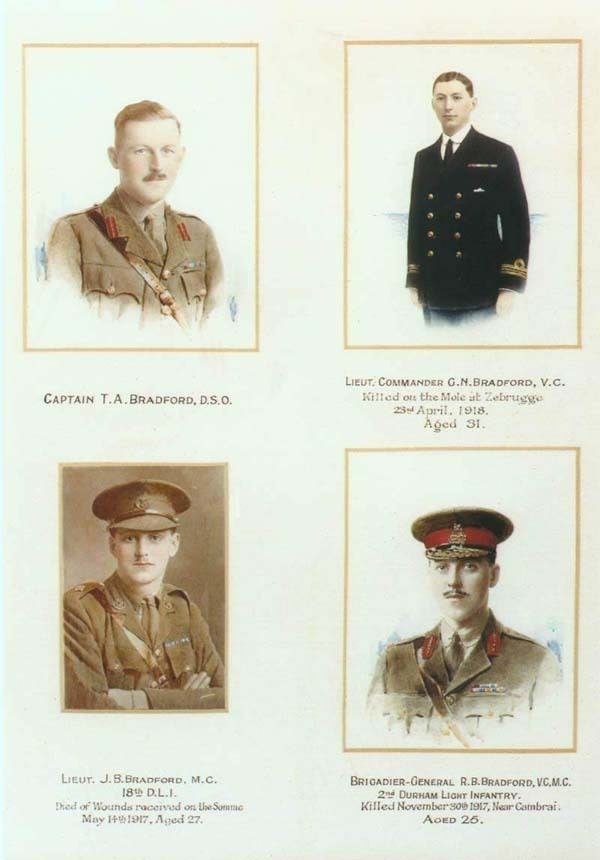
His Victoria Cross and Military Cross are currently on loan to the University of Durham and are held at Palace Green Library adjacent to Durham Cathedral in Durham, England. Medals are not on display, but members of the public are able to consult individual medals or groups of medals from the collection in the Barker Research Library within Palace Green Library.
Memorial garden and statue
In 2017, a memorial garden and statue to Roland Boys Bradford was unveiled. The Government commemorated the centenary of the First World War by installing an inscribed stone at the recipient's birthplace. Local councilors from Bradford's birthplace at Witton Park decided to use this occasion to create a memorial garden at the site with help from the Heritage Lottery Fund, Groundwork North-East and Durham County Council. A metal statue by Ray Lonsdale called The Ball was installed as part of the memorial garden. This depicts a soldier returning home from the front together with a pitman who is comforting him and passing a football to him representing giving him back his old life before the war.
